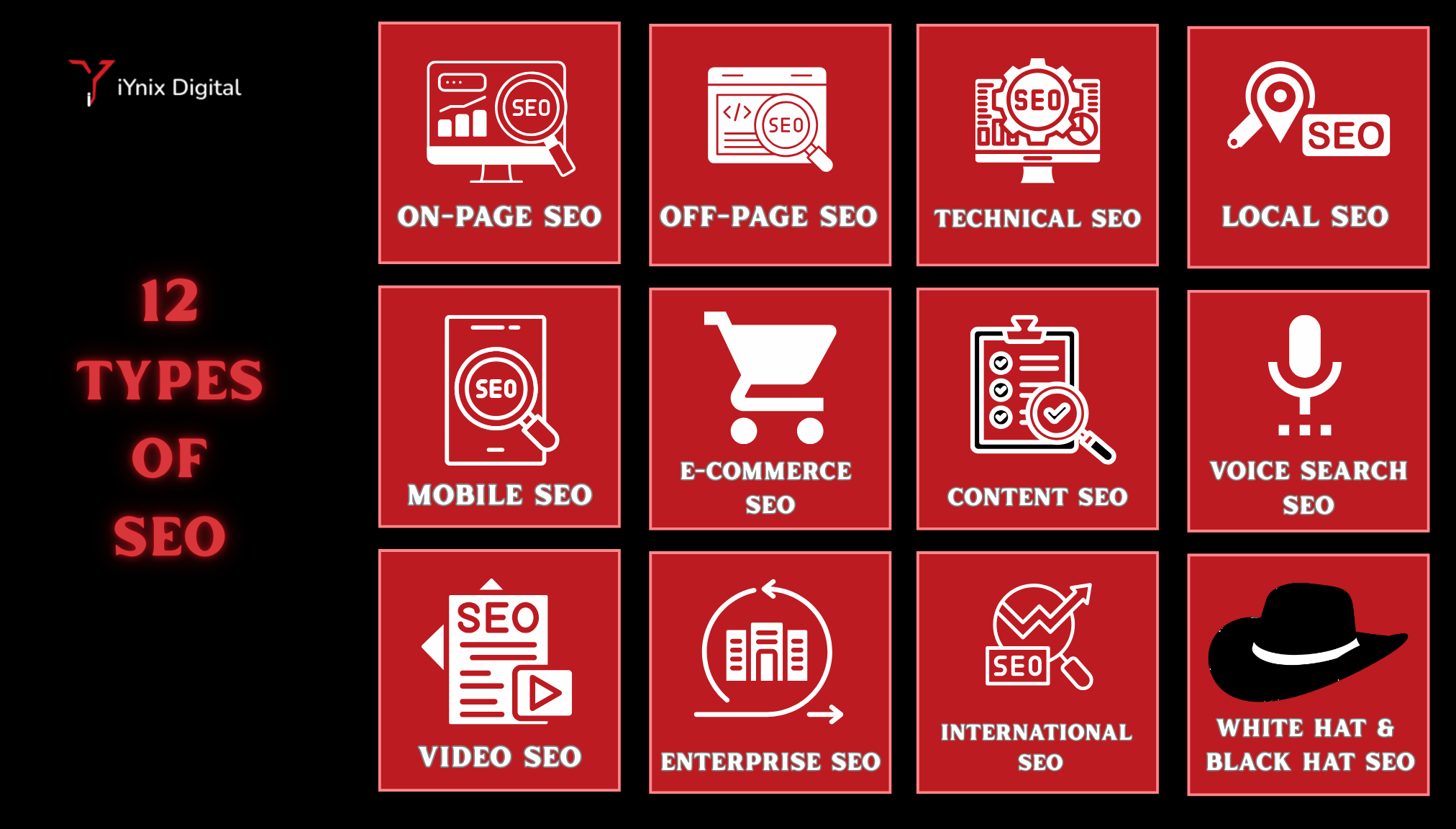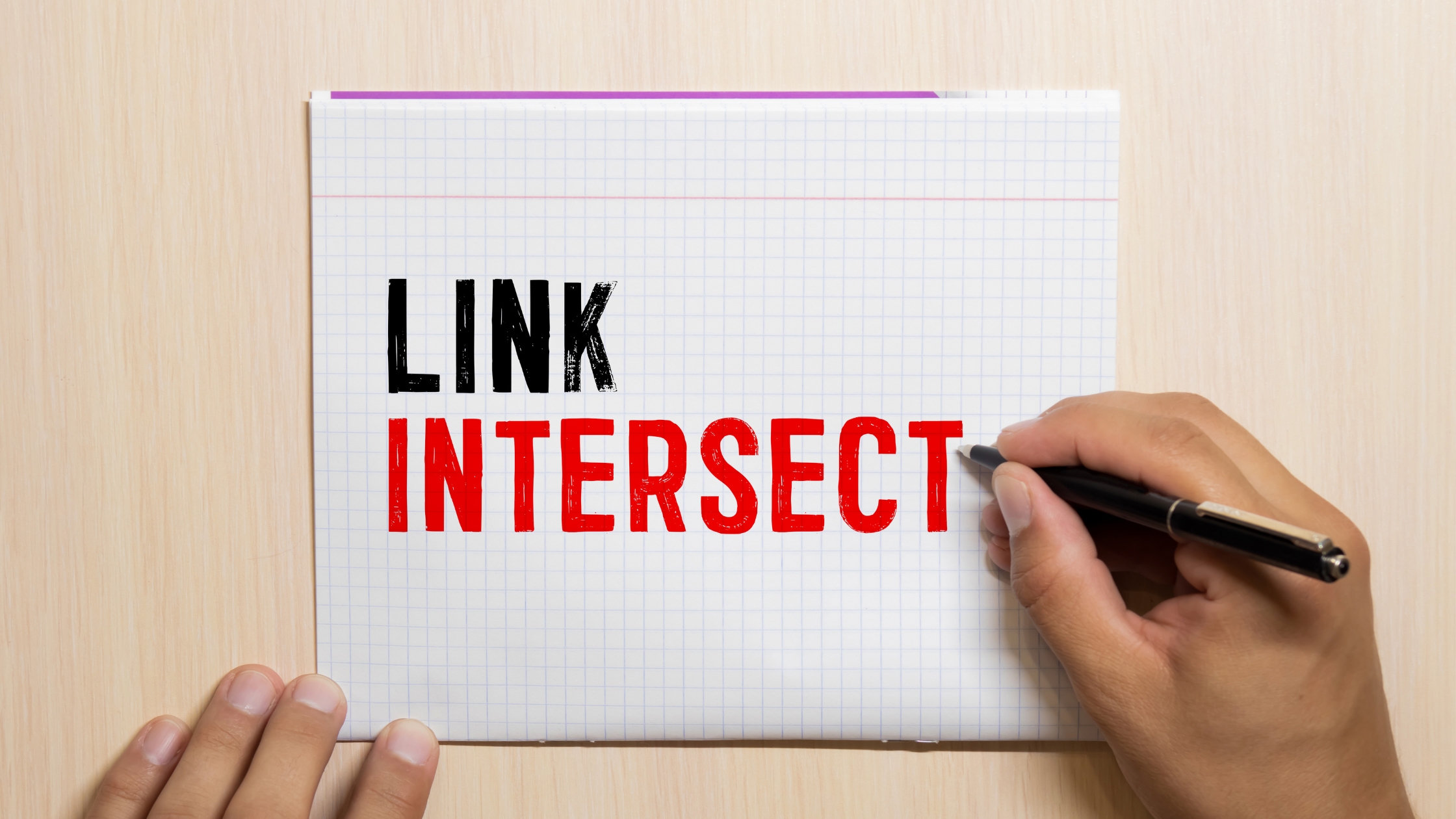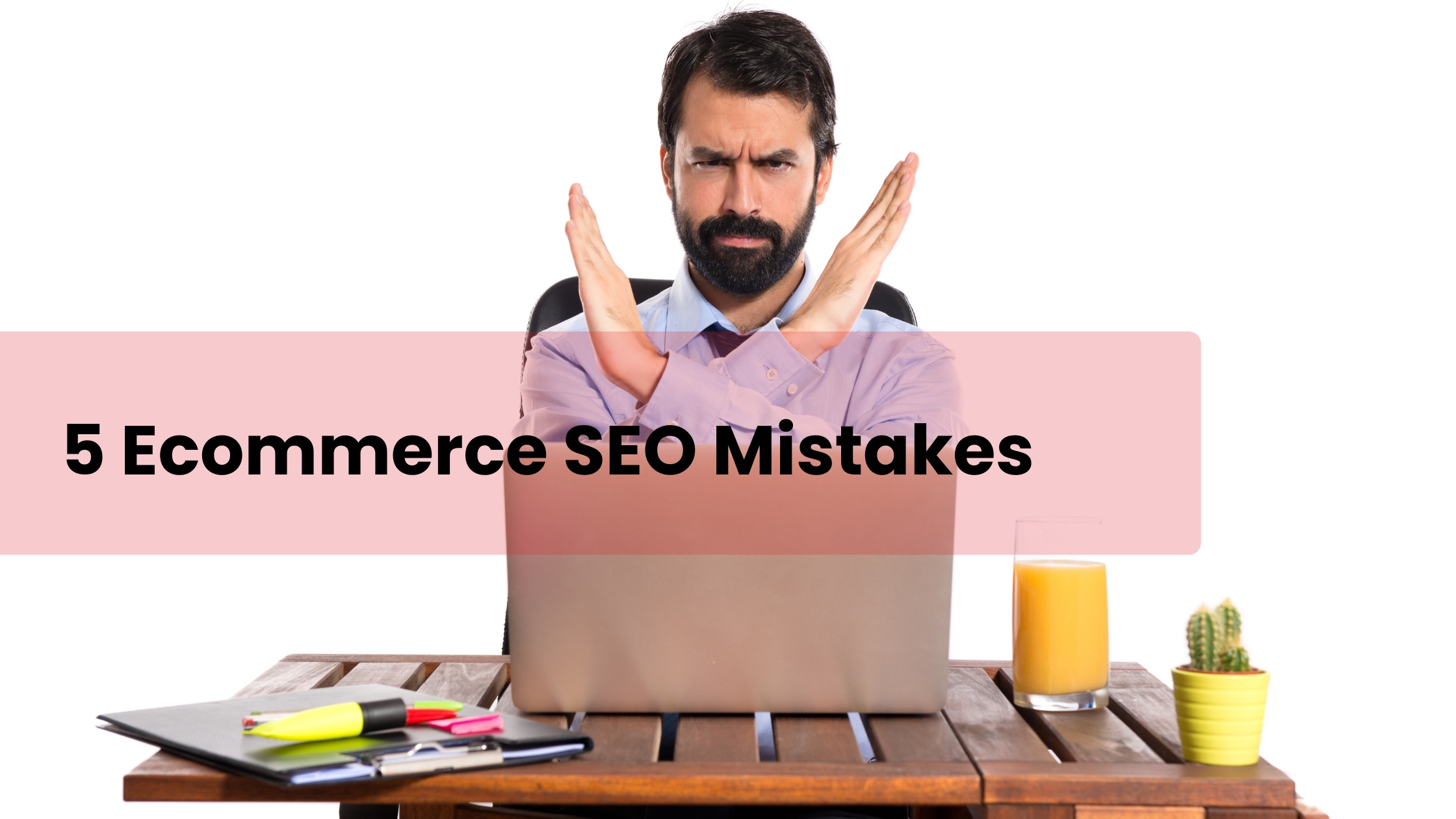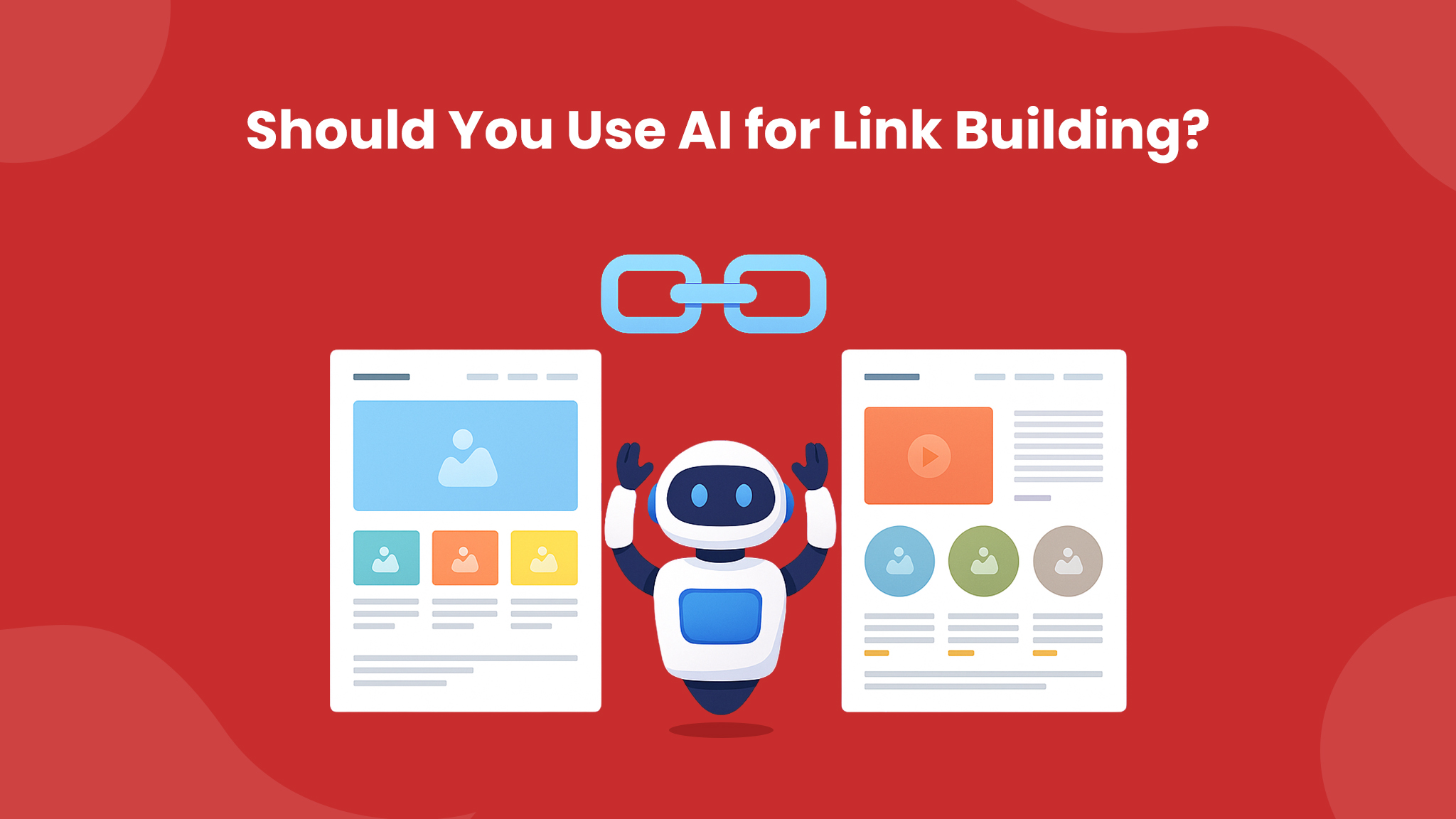You’re struggling to get your website noticed online. Your competitors rank higher in search results while your pages sit buried on page three. SEO is important, but the landscape seems overwhelming and constantly changing.
12 types of SEO work together to improve your website’s search engine rankings and drive organic traffic. These include technical SEO, on-page SEO, off-page SEO, local SEO, mobile SEO, voice search SEO, and others. Moreover, understanding each type helps you create a comprehensive strategy that covers all ranking factors.
Here’s a clear list of 12 Types of SEO you should know:
- On-Page SEO – Optimizing content, keywords, headings, and internal links.
- Off-Page SEO – Building authority through backlinks and brand mentions.
- Technical SEO – Improving site speed, crawlability, indexing, and structure.
- Local SEO – Optimizing for local searches and Google Business Profile.
- Mobile SEO – Ensuring your website works well on mobile devices.
- E-commerce SEO – Optimizing product pages, categories, and online store visibility.
- Content SEO – Creating high-quality, keyword-rich, valuable content.
- Voice Search SEO – Optimizing for conversational and long-tail queries.
- Video SEO – Optimizing video content for search engines and YouTube.
- Enterprise SEO – Managing SEO strategies for large, complex websites.
- International SEO – Targeting multiple countries and languages.
- White Hat & Black Hat SEO – Ethical (white hat) vs. manipulative (black hat) techniques.
Therefore, mastering these different types of SEO is crucial for online success in 2025. In this blog, we will explore the major types and discover the most effective techniques to boost your website traffic.
What Are the Different Types of SEO?
SEO (Search Engine Optimization) encompasses various strategies and techniques to improve your website’s visibility in search engine results. Each type focuses on different aspects of optimization, from technical website structure to content quality and user experience.
The SEO landscape has evolved dramatically since Google’s early days. Today’s search engines use over 200 ranking factors to determine which pages deserve top positions. Additionally, artificial intelligence and machine learning now play major roles in determining search results.
Research from BrightEdge shows that organic search drives 53% of all website traffic. Furthermore, 75% of users never scroll past the first page of search results. This makes understanding and implementing various types of SEO essential for online visibility.
Why Do You Need Multiple Types of SEO?
Search Engines Evaluate Many Factors
Modern search engines don’t rely on a single ranking signal. They analyze hundreds of factors, including content quality, technical performance, user experience, and authority signals.
Key ranking factor categories:
- Content relevance and quality
- Technical website performance
- User experience signals
- Authority and trust indicators
- Mobile-friendliness and accessibility
- Page loading speed and core web vitals
Google’s algorithm updates, such as BERT, MUM, MUVERA and the helpful content update, show how search engines increasingly prioritize comprehensive, user-focused optimization.
Different Types Target Different Goals
Each type of SEO serves specific purposes and audiences. A well-rounded strategy addresses all aspects of search engine optimization.
SEO goals by type:
- Drive more organic traffic to your website
- Improve rankings for target keywords
- Enhance user experience and engagement
- Build authority and trust with search engines
- Optimize for different search intents and devices
- Capture local and voice search opportunities
What Is Technical SEO?
Technical SEO optimizes your website’s infrastructure to help search engines crawl, index, and understand your content effectively. It’s the foundation that supports all other SEO efforts.
Technical SEO has become increasingly important as search engines prioritize user experience. The update of Google’s Core Web Vitals made page speed and user experience direct ranking factors. Additionally, mobile-first indexing means your mobile site performance affects desktop rankings too.
Key Technical SEO Elements
Essential technical optimizations include:
Site Speed Optimization: Pages should load in under 3 seconds. Use tools like Google PageSpeed Insights to identify improvement opportunities. Optimize images, minimize code, and use content delivery networks (CDNs).
Mobile Responsiveness: Your website must work perfectly on all devices. Google uses mobile-first indexing, which primarily uses your mobile site for ranking. Furthermore, 60% of searches now happen on mobile devices.
SSL Certificate: HTTPS is a confirmed ranking factor. Secure websites build trust among users and search engines. Moreover, browsers now warn users about unsecured sites.
XML Sitemaps: Help search engines discover and index your pages efficiently. Submit sitemaps to the Google Search Console and Bing Webmaster Tools. Additionally, keep sitemaps updated when you add new content.
The Robots.txt File Controls which pages search engines can crawl. Use it to prevent the indexing of duplicate or low-value pages. However, be careful not to block important content accidentally.
What Is On-Page SEO?
On-page SEO is optimizing individual web pages to rank higher and earn more relevant traffic to the website. It focuses on content quality, keyword optimization, and HTML elements.
On-page SEO remains one of the most controllable aspects of search optimization. You have direct control over your content, titles, and page structure. Additionally, high-quality on-page optimization can significantly impact rankings within weeks.
Content Optimization Strategies
Create content that serves user intent and search engines:
Keyword Research and Targeting: Use tools like Google Keyword Planner, Ahrefs, or SEMrush to find relevant keywords. Target primary keywords with good search volume and manageable competition. Additionally, include related keywords and synonyms naturally.
Title Tag Optimization: Write compelling titles under 60 characters with your target keyword. Make them descriptive and click-worthy. Furthermore, each page should have a unique title tag.
Meta Descriptions: Create engaging descriptions under 160 characters that encourage clicks. Include your target keyword and a clear value proposition. Moreover, treat meta descriptions as ad copy for your pages.
Header Structure: Use H2, H3, and H4 tags to organize content logically. Include keywords in headers naturally. Proper header structure also improves readability and SEO.
Content Quality: Write comprehensive, helpful content that thoroughly covers topics. Aim for 1,500+ words for competitive keywords. Furthermore, content should be updated regularly to maintain freshness.
Also Read, Mistakes to avoid while creating content marketing strategy
What Is Off-Page SEO?
Off-page SEO refers to optimization activities outside your website to improve search engine rankings. It primarily focuses on building authority and trust through external signals.
Off-page SEO demonstrates to search engines that other websites consider your content valuable and trustworthy. Quality backlinks are one of the strongest ranking factors. Additionally, social signals and brand mentions contribute to overall authority.
Link Building Strategies
Build high-quality backlinks through legitimate methods:
Content Marketing: Create valuable, shareable content that naturally attracts links. This includes research studies, comprehensive guides, and industry insights. Additionally, promote your content to relevant audiences.
Guest Posting: Write high-quality articles for reputable websites in your industry. Focus on providing value rather than just getting links. Furthermore, build relationships with editors and site owners.
Resource Page Link Building: Find resource pages in your industry and suggest your content where relevant. Offer genuine value to their audience. Moreover, create linkable assets like tools or guides.
Broken Link Building: Find broken links on relevant websites and suggest your content as a replacement. This will help website owners and earn you quality backlinks.
Also read, Create backlinks manually
What Is Local SEO?
Local SEO optimizes your online presence to attract customers from specific geographic areas. It’s essential for businesses serving local markets or having physical locations.
Local search has grown dramatically with mobile usage. Google reports that 46% of all searches have local intent. Additionally, 76% of people who search for something nearby visit a business within 24 hours.
Google Business Profile Optimization
Your Google Business Profile is crucial for local visibility:
Complete Profile Information: Fill out every section, including business name, address, phone number, hours, and categories. Use consistent information across all platforms. Additionally, add high-quality photos of your business.
Regular Updates: Post updates, offers, and events regularly. Respond promptly to customer questions and reviews. Furthermore, Google Posts can be used to share timely information.
Review Management: Encourage customers to leave reviews and respond to all feedback. Positive reviews improve rankings and conversion rates. Moreover, review responses show you care about customer experience.
Also read, 11 Easy steps to rank your profile in Google my business (GMB)
What Is Mobile SEO?
Mobile SEO optimizes websites for mobile devices and mobile search behavior. With mobile-first indexing, mobile optimization directly affects all search rankings.
Mobile traffic now accounts for over 60% of all web traffic. Google uses mobile-first indexing, primarily your mobile site, to make ranking decisions. Additionally, mobile users have different search patterns and expectations than desktop users.
Mobile-First Optimization
Ensure your mobile site performs excellently:
Responsive Design: Use a responsive design that adapts to all screen sizes. Test your site on various devices and screen resolutions. Additionally, ensure touch elements are appropriately sized and spaced.
Page Speed: Mobile users expect fast loading times. Optimize images, minimize code, and use accelerated mobile pages (AMP) when appropriate. Furthermore, slow mobile sites have higher bounce rates.
User Experience: Design for thumb navigation and easy scrolling. Make forms simple and minimize typing requirements. Moreover, it ensures that important information is easily accessible on small screens.
What Is Voice Search SEO?
Voice search SEO optimizes content for voice-activated searches through devices like smartphones, smart speakers, and voice assistants. This growing search method requires different optimization strategies.
Voice search usage continues to grow rapidly. Additionally, voice searches are longer and more conversational than typed queries.
Conversational Keyword Optimization
Optimize for how people naturally speak:
Long-Tail Keywords: Voice searches are typically longer and more specific than typed searches: target conversational phrases and complete questions. Additionally, focus on natural language patterns.
Question-Based Content: Create content that answers common questions in your industry. Use FAQ sections and question-based headings. Furthermore, provide direct, concise answers.
Featured Snippet Optimization: Voice assistants often read featured snippet content. Structure content to appear in answer boxes. Moreover, use proper formatting with headers and lists.
What Is Video SEO?
SEO optimizes video content to rank in search results and on video platforms like YouTube. Video content increasingly appears in search results and drives significant traffic.
Video consumption continues to grow across all demographics. YouTube is the second-largest search engine after Google. Additionally, pages with video content are 53 times more likely to rank on the first page of Google.
YouTube Optimization
Optimize videos for YouTube’s search algorithm:
Keyword Research: Use YouTube’s search suggestions and tools like TubeBuddy for keyword research. Target keywords with good search volume and manageable competition. Additionally, analyze competitor video performance.
Title and Description: Write compelling titles under 60 characters with target keywords. Create detailed descriptions with relevant keywords and timestamps. Furthermore, include links to your website and social media.
Thumbnails and Engagement: Create eye-catching custom thumbnails that encourage clicks. Optimize for watch time, likes, comments, and shares. Moreover, it engages with viewers through comments and community posts.
What Is Image SEO?
Image SEO optimizes images to rank in image search results and supports overall page SEO. Properly optimized images can drive significant traffic and improve page performance.
Image search represents a significant opportunity for traffic. Google Images accounts for over 20% of all web searches. Additionally, optimized images improve page loading speed and user experience.
Image Optimization Techniques
Optimize images for search engines and users:
File Names: Use descriptive file names with relevant keywords instead of generic names like “IMG_001.jpg.” Separate words with hyphens for better readability. Additionally, keep file names concise but descriptive.
Alt Text: Write descriptive alt text that explains what’s in the image. Include relevant keywords naturally without keyword stuffing. Furthermore, alt text improves accessibility for visually impaired users.
Image Compression: Compress images to reduce file sizes without sacrificing quality. Use tools like TinyPNG or built-in compression features. Moreover, next-generation formats like WebP should be considered for better compression.
What Is E-commerce SEO?
E-commerce SEO optimizes online stores to rank higher in search results and drive more sales. It combines traditional SEO with specific strategies for product pages and online shopping.
E-commerce SEO faces unique challenges, including duplicate content, large site structures, and competitive keywords. However, successful optimization can dramatically increase organic traffic and sales. Additionally, 37% of e-commerce traffic comes from organic search.
Product Page Optimization
Optimize individual product pages for search and conversions:
Product Titles: Write descriptive titles with brand, model, and key features. Keep titles under 60 characters for search results. Additionally, make titles appealing to potential customers.
Product Descriptions: Create unique, detailed descriptions for each product. Include relevant keywords naturally while focusing on benefits and features. Furthermore, avoid manufacturer descriptions that create duplicate content.
Customer Reviews: Encourage and display customer reviews on product pages. Reviews provide fresh content and improve conversion rates. Additionally, reviewing schema markup can enhance search results.
What Is International SEO?
International SEO optimizes websites for multiple countries and languages to reach global audiences. It involves technical and content strategies for international markets.
International SEO becomes crucial as businesses expand globally. Different countries have different search engines, languages, and cultural preferences. Additionally, proper international SEO prevents duplicate content issues across regions.
Global Optimization Strategies
Implement international SEO best practices:
Hreflang Tags: Use hreflang attributes to tell search engines which language and country each page targets. This prevents duplicate content issues and improves user experience. Furthermore, hreflang should be implemented correctly to avoid common mistakes.
Country-Specific Domains: For a strong local presence, consider using country code top-level domains (ccTLDs). Alternatively, subdirectories or subdomains can be used for different countries. Each approach has different SEO implications.
Cultural Content Adaptation: Adapt content for local cultures, not just languages. Consider local holidays, customs, and preferences. Additionally, use local currency, contact information, and relevant examples.
How Do These Types of SEO Work Together?
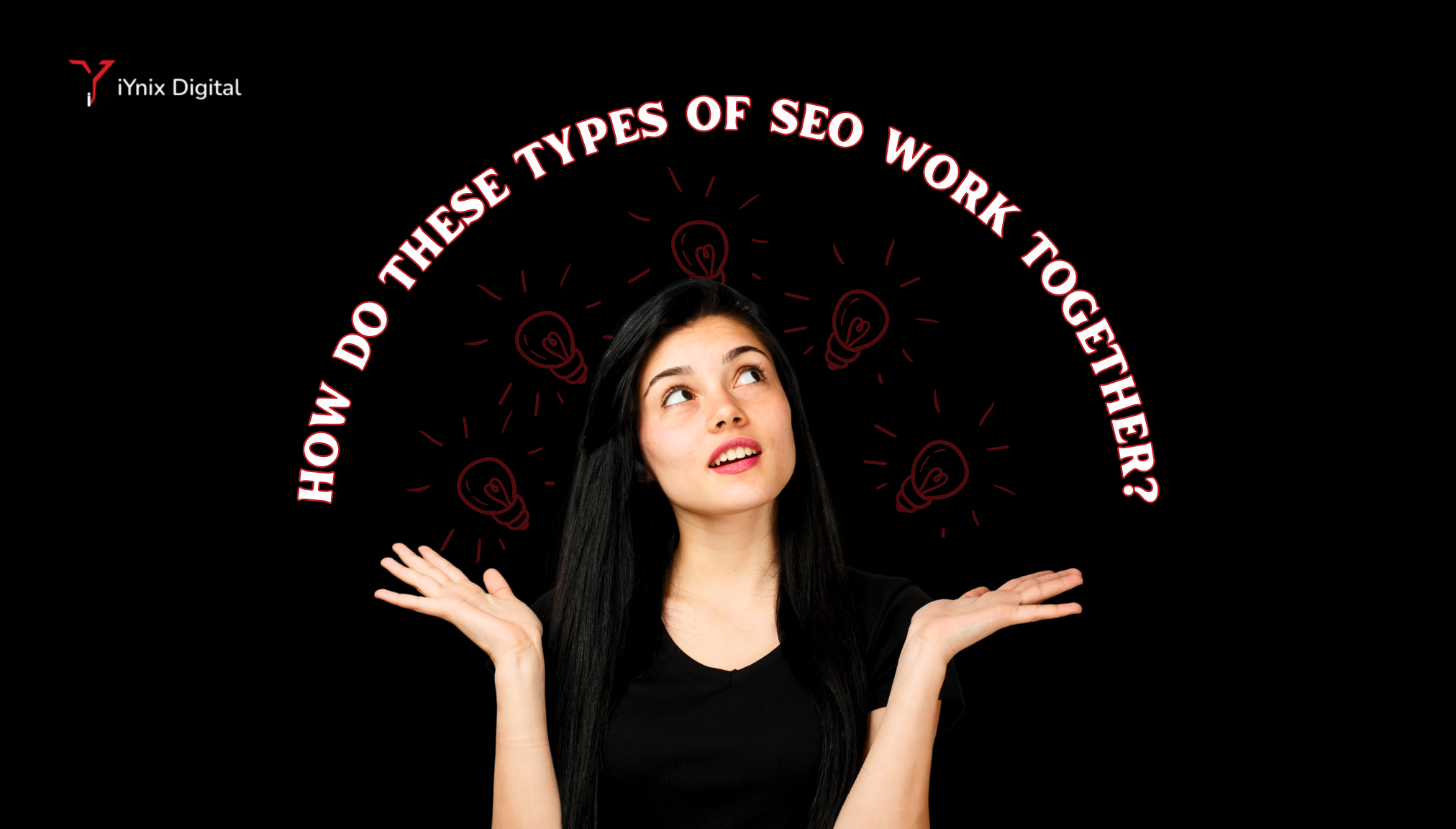
Integrated SEO Strategy
The most effective approach combines multiple types of SEO into a cohesive strategy. Each type supports and amplifies the others for maximum impact.
Synergistic effects include:
- Technical SEO enables other types to work effectively
- On-page SEO provides the foundation for content marketing
- Off-page SEO builds authority that benefits all pages
- Local SEO enhances mobile and voice search performance
- Video and image SEO diversify traffic sources
Research shows that websites using integrated SEO strategies see 40% more organic traffic than those focusing on single approaches.
Implementation Priority
Start with foundational types of SEO before moving to advanced strategies:
(1-3 Months): Technical SEO and on-page optimization.
(4-6 Months): Content creation and off-page SEO
(7-12 Months): Specialized SEO types like voice, video, and international
This phased approach ensures solid foundations before adding complexity. Additionally, it allows you to measure the impact of each SEO type.
What Are the Top SEO Techniques for 2025?
AI and Machine Learning Optimization
Optimize for AI-powered search algorithms and features:
E-A-T Signals: Focus on Expertise, Authoritativeness, and Trustworthiness. Create comprehensive author bios and showcase credentials. Additionally, build topical authority through consistent, high-quality content.
User Experience Signals: Prioritize Core Web Vitals and user engagement metrics. Reduce bounce rates and increase time on page. Furthermore, optimize for user satisfaction signals that AI algorithms detect.
Semantic Search: Create content that covers topics comprehensively rather than just targeting keywords. Use related terms and answer user questions thoroughly. Moreover, structure content to match search intent.
Also read, What is AI for SEO in 2025?
Emerging Technologies
Prepare for new search technologies and behaviors:
Visual Search: Optimize images for visual search engines like Google Lens. Use high-quality, unique images with descriptive context. Additionally, structured data for visual content should be implemented.
Zero-Click Searches: Optimize for featured snippets and knowledge panels even if they don’t drive clicks. Brand visibility in search results builds authority. Furthermore, some zero-click searches lead to later branded searches.
Augmented Reality: Consider how AR might affect search in your industry. Where relevant, optimize for 3D content and spatial search queries.
Conclusion
SEO is the backbone of online growth, whether of any type, helping your business gain visibility, attract the right audience, and stay ahead of competitors. But to see real results, you need the right partner. You should choose Iynix Digital for SEO, offering expert strategies, tailored solutions, and proven results to boost your rankings and grow your business online.
FAQ’s
What are the 4 types of keywords for SEO?
Short-tail (broad, competitive), long-tail (specific, targeted), LSI (related terms for context), and branded (brand-specific) keywords are the four main types used in SEO.
What are the different types of search intent?
Search intent includes informational (seeking info), navigational (finding a website), transactional (ready to buy), and commercial investigation (comparing options before purchasing).
Which keyword is best for SEO?
Long-tail keywords are best for SEO as they are more specific, less competitive, and attract targeted traffic. Choose keywords with a balance of search volume and competition.
What are different types of SEO techniques?
SEO techniques are on-page (optimizing titles, content), off-page (building backlinks), and technical (improving site speed, mobile-friendliness, fixing crawl issues) SEO.
How is technical SEO done?
Technical SEO involves improving site speed, mobile optimization, fixing crawl errors, and adding structured data to make your site search-engine-friendly.
What does technical SEO mean?
Technical SEO optimizes your website’s backend to ensure search engines can crawl, index, and rank it efficiently. It includes site speed, mobile-friendliness, security, and indexing.

